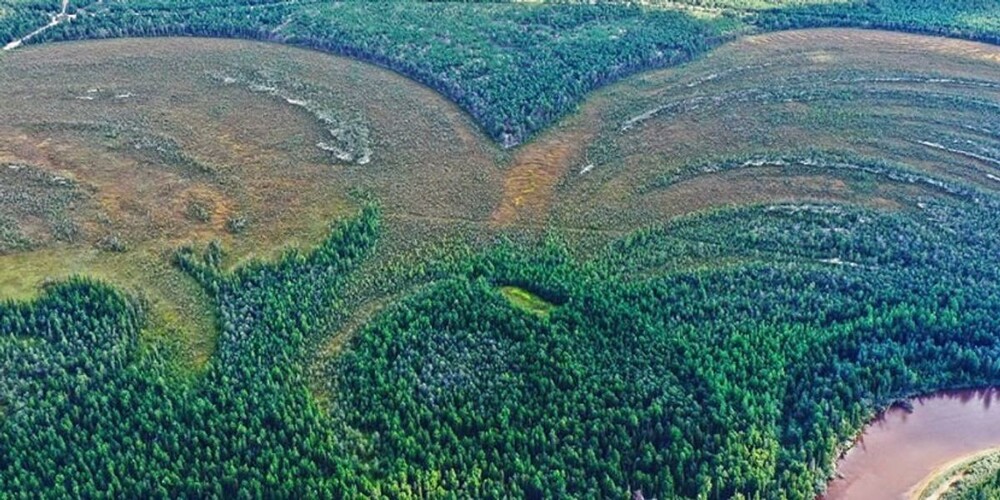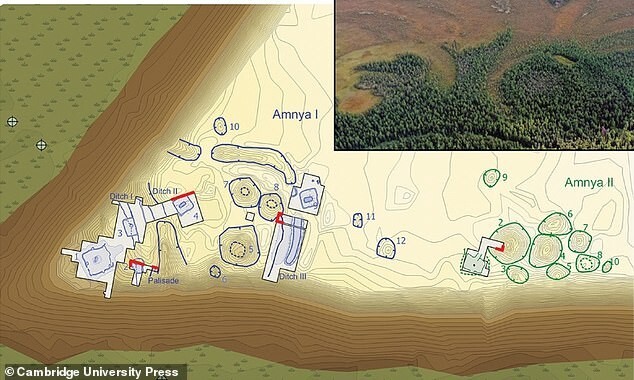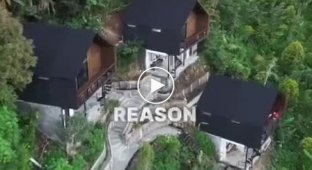It became known which culture built the most ancient defensive structures in the world (4 photos)
Scientists have determined the age of the earliest known fortified settlement. The ancient site was discovered near the Amnya River in Siberia in 1987, but it is only thanks to recent radiocarbon dating that we know how old it is. 
Radiocarbon dating results showed that the fortified settlement was built 8,000 years ago. Later, in the sixth millennium BC, two more settlements with defensive structures arose nearby. The discovery challenges traditional ideas about what our ancestors were capable of. 
Work on the site of the fort
If it was previously believed that Stone Age agricultural communities were the first to build fortified settlements, then finds at Amn prove that this is not so.
An international team of archaeologists has concluded that hunter-gatherers were more advanced than previously thought.
"The latest research suggests that the inhabitants of Western Siberia led a complex lifestyle based on the rich resources of the taiga," said archaeologist Tanya Schreiber.
The prehistoric inhabitants of the Amnya settlement enjoyed a rich ecosystem, where fish, birds, moose and deer were found in abundance. When they learned to store these resources by creating elaborately decorated pottery, they must have become targets for raiders and built defensive structures, Schreiber and her colleagues speculate. 
Today, about 10 fortified Stone Age sites with pit houses surrounded by adobe walls are known, but none of them is as ancient as Amnya. The comparable settlements known to us appeared many centuries later, after the birth of agriculture.
However, this discovery challenges the idea that agriculture and animal husbandry were prerequisites for the emergence of complex societies.
Other examples, including the Göbekli Tepe megalith, built in what is now Turkey about 11,000 years ago, suggest that society did not evolve so linearly from simple to complex. 
Aerial view of Amnya-I and Amnya-II
"The findings highlight the diversity of pathways that led to the emergence of complex communities," wrote Japhet Johnstone of the Free University of Berlin in a paper on the landmark study. "They also highlight the importance of environmental conditions in the development of societies."

























